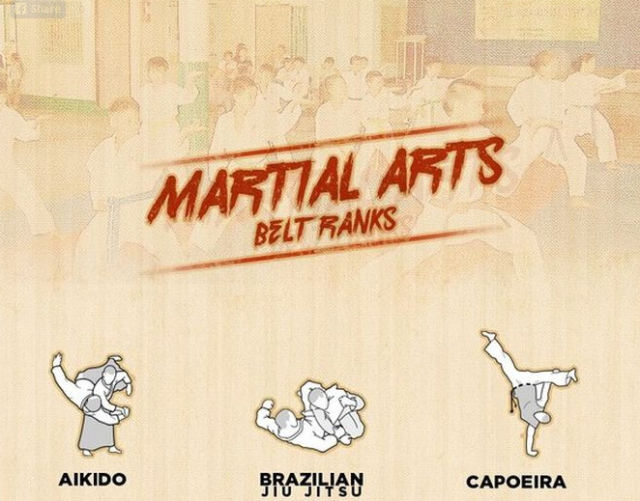The Development And Historical Context Of Martial Arts Worldwide
The Development And Historical Context Of Martial Arts Worldwide
Blog Article
Team Author-Chu Liu
Martial arts have an interesting history that covers centuries and continents. You may find it fascinating exactly how ancient methods like Shuai Jiao and Kalaripayattu prepared for modern fight methods. These self-controls not only emphasize physical abilities yet additionally show the societies that birthed them. As you discover their advancement, think about exactly how globalization has changed these conventional kinds right into hybrid styles. What influences do you assume have formed today's martial arts landscape?
Ancient Martial arts: The Structures of Combat
As you explore the globe of old martial arts, you'll discover the abundant structures that formed combat techniques across societies. Early practices focused on Self-Defense and survival, often incorporating strikes, hurting, and weaponry.
In ancient China, as an example, strategies like Shuai Jiao stressed tosses and joint locks, while India's Kalaripayattu showcased agility and fluid movement. Japanese samurai established Kenjutsu, a polished swordsmanship that highlighted discipline and technique.
These martial arts served not just for fight but additionally as a means of individual development, instilling worths like respect and determination. The mixing of these strategies in time laid the groundwork for the varied martial arts you see today, each mirroring the distinct philosophies and needs of its society.
The Social Impact on Martial Arts Development
While martial arts frequently show the useful demands of a society, they likewise symbolize the social worths and beliefs of their origins. When you check out various martial arts, you'll see just how they're affected by faith, ideology, and social norms.
For instance, the emphasis on regard and self-control in Japanese martial arts stems from Zen Buddhism and samurai culture. On the other hand, Brazilian Jiu-Jitsu advertises adaptability and approach, shaped by the demand for efficiency in a diverse, modern setting.
You could discover that the routines, attires, and training techniques reflect a community's background and identity. By recognizing these cultural influences, you deepen your gratitude of martial arts and their role fit human experiences across the globe.
Modern Adaptations and the Globalization of Martial arts
Martial arts have actually changed substantially in recent decades, adjusting to contemporary society and worldwide influences. You'll discover that traditional types have mixed with modern-day strategies, developing hybrid styles like mixed martial arts. These adaptations deal with varied audiences, making martial arts available and enticing around the world.
With what's the best martial art to use on a kid of social networks and electronic platforms, you can locate tutorials and competitors from all edges of the globe, breaking geographical obstacles. This globalization has actually brought about a shared admiration for numerous techniques, from Brazilian Jiu-Jitsu to Taekwondo.
As shaolin kung fu engage with these arts, you'll understand they're not nearly battle; they promote physical fitness, technique, and mental wellness.
Eventually, modern adjustments have actually enhanced the martial arts landscape, making it a dynamic and progressing method.
Conclusion
In exploring the background and evolution of martial arts, you discover an interesting blend of methods, societies, and approaches. From ancient disciplines like Shuai Jiao and Kalaripayattu to the modern-day versatility seen in MMA, martial arts show humankind's pursuit for Self-Defense and personal development. As you engage with these practices, you not just obtain abilities however likewise a deeper appreciation for the varied traditions that form our globe today. So, proceed your journey and welcome the art of battle!
